This article was medically reviewed by Mandolin S. Ziadie, MD. Dr. Ziadie is a board certified Pathologist in South Florida. She specializes in renal, transplant, and pediatric Pathology and has over 12 years of experience. She earned her medical degree from the University of Miami School of Medicine in 2004 and completed her fellowship in Pediatric Pathology at Children’s Medical Center in 2010.
wikiHow marks an article as reader-approved once it receives enough positive feedback. This article received 16 testimonials and 89% of readers who voted found it helpful, earning it our reader-approved status.
This article has been viewed 973,413 times.
A tuberculosis skin test is also known as the Mantoux tuberculin test. This test measures your immune system's response to the bacteria that causes tuberculosis. Your results will be interpreted by your doctor a couple of days after the test. If you're curious about how to read a tuberculosis skin test, this article will guide you through the process, but remember: the test must be read by a trained professional. You can interpret the test yourself, but the result needs to be documented by a medical professional to ensure proper treatment and/or follow-up.[1]
Things You Should Know
- Leave your arm uncovered after the injection and return to your doctor within 72 hours for an official reading and documentation.
- Look for a hard, raised bump with definite borders over the injection site. Measure the diameter of the bump in millimeters.
- No bump means you’re negative. A bump over 15mm is a positive result for low-risk people (a smaller bump can be positive for higher-risk people).
Steps
Reading the Test
-
1Go to your doctor for the tuberculosis skin test. You will be given an injection of a purified protein derivative into the inner forearm that will result in a 6-10 mm welt that will disappear within a few hours.[2]
-
2Leave your arm uncovered. Do not place a bandage over the site of the test for the required 48 to 72 hours. You can wash and dry your arm carefully.[3]
- You also should not scratch or rub the test area on your arm. This can cause redness or swelling that may cause the results to be misread. You can apply a cold washcloth on your arm if it is itchy.[4]
Advertisement -
3Return to your doctor. The test must be read within 48-72 hours. If you do not come back within 72 hours, the test is considered invalid and will have to be repeated.[5]
-
4Find and mark the induration. Use your fingertips to find the induration. This is a hard, dense, raised formation with definite borders. If there is a firm bump, use a pen to mark the widest edges of the induration on the forearm.[6] The only part that is important for your test results is the hard bump. The reddened area or any slight swelling does not count towards the size of the induration.
- You cannot always see the induration. You must find the induration with your fingertips.
-
5Measure the induration. The test site may be red, but that does not mean you have TB. You have to measure the induration. This induration is measured across your forearm in millimeters.[7] Use a ruler with millimeter measurements. Place the edge of the ruler with "0" on the left edge of the raised bump where you marked it with a pen. Look where the mark made on the right side of the bump falls on the ruler.[8]
- If the mark is between two different lines, use the lower measurement.
Interpreting the Test
-
1Determine if the individual is in the high-risk group. An induration of 5mm or more is categorized as positive in individuals in the high-risk group. This group includes people who have:
- HIV
- received organ transplants
- been immunosuppressed for various reasons
- recent contact with a TB positive person
- chest x-ray consistent with old healed TB
- end stages of renal (kidney) disease[9]
-
2Determine if the individual is in the moderate-risk group. An induration of 10mm or more is categorized as positive in people in the moderate-risk group. This includes people who:
- immigrated recently from a country with widespread TB
- use injection drugs
- work in healthcare settings, prisons, nursing homes, or other similar areas
- have clinical conditions that put them at risk, like diabetes, leukemia, low body weight
- are children under age 4
- are children and adolescents exposed to high-risk adults[10]
-
3Look for a large induration for everyone else. For those not in the high or moderate-risk group, an induration of 15mm or more is considered positive. This includes all individuals, regardless of any risk factors they might have. The test is also considered positive if there are blisters present, even if there is little swelling.[11]
-
4Look for a negative result. If there is no firm bump, the result is negative.[12] If there is soft swelling or redness, but no noticeable hardened bump that can be felt at the site, it is a negative.
- Even if you believe your skin test is negative, you must return to the doctor to have it professionally read.
Expert Q&A
Did you know you can get expert answers for this article?
Unlock expert answers by supporting wikiHow
-
QuestionWho can read a Mantoux tuberculin skin test?
 Mandolin S. Ziadie, MDDr. Ziadie is a board certified Pathologist in South Florida. She specializes in renal, transplant, and pediatric Pathology and has over 12 years of experience. She earned her medical degree from the University of Miami School of Medicine in 2004 and completed her fellowship in Pediatric Pathology at Children’s Medical Center in 2010.
Mandolin S. Ziadie, MDDr. Ziadie is a board certified Pathologist in South Florida. She specializes in renal, transplant, and pediatric Pathology and has over 12 years of experience. She earned her medical degree from the University of Miami School of Medicine in 2004 and completed her fellowship in Pediatric Pathology at Children’s Medical Center in 2010.
Board Certified Pathologist
-
QuestionIf my arms blisters, does that mean I'm positive?
 Mandolin S. Ziadie, MDDr. Ziadie is a board certified Pathologist in South Florida. She specializes in renal, transplant, and pediatric Pathology and has over 12 years of experience. She earned her medical degree from the University of Miami School of Medicine in 2004 and completed her fellowship in Pediatric Pathology at Children’s Medical Center in 2010.
Mandolin S. Ziadie, MDDr. Ziadie is a board certified Pathologist in South Florida. She specializes in renal, transplant, and pediatric Pathology and has over 12 years of experience. She earned her medical degree from the University of Miami School of Medicine in 2004 and completed her fellowship in Pediatric Pathology at Children’s Medical Center in 2010.
Board Certified Pathologist
Warnings
- False positives and false negatives can happen with this test. If there are any questions about your tuberculosis test results, consult with your doctor as soon as possible.⧼thumbs_response⧽
- A TB test should always be interpreted by a trained health professional within the 72 hour time span. These professionals receive training and practice to measure the results correctly.⧼thumbs_response⧽
References
- ↑ http://www.cdc.gov/tb/publications/factsheets/testing/skintesting.htm
- ↑ http://www.cdc.gov/tb/publications/factsheets/testing/skintesting.htm
- ↑ http://www.webmd.com/a-to-z-guides/tuberculin-skin-tests?page=2
- ↑ http://www.webmd.com/a-to-z-guides/tuberculin-skin-tests?page=2
- ↑ http://www.cdc.gov/tb/topic/testing/
- ↑ http://www.cdc.gov/tb/publications/Posters/images/Mantoux_wallchart.PDF
- ↑ http://www.cdc.gov/tb/publications/Posters/images/Mantoux_wallchart.PDF
- ↑ http://www.cdc.gov/tb/publications/Posters/images/Mantoux_wallchart.PDF
- ↑ http://www.ncbi.nlm.nih.gov/pmc/articles/PMC3481914/
About This Article
To read a tuberculosis skin test, start by going to the doctor for a test, which involves an injection that will cause a welt on your arm. If the welt is a soft bump, the results are likely negative. However, if it's a hard, dense, raised formation, the results may be positive. Regardless of your results, make sure to return to your doctor within 48 to 72 hours after the initial injection to have your results interpreted. To tell whether you have TB by measuring your welt, keep reading!
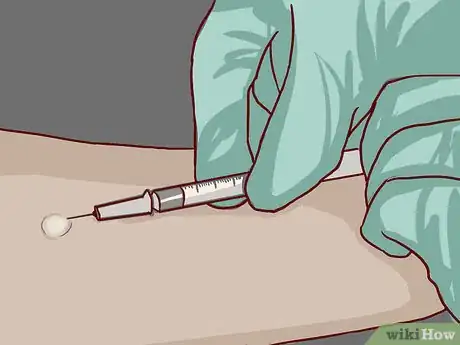
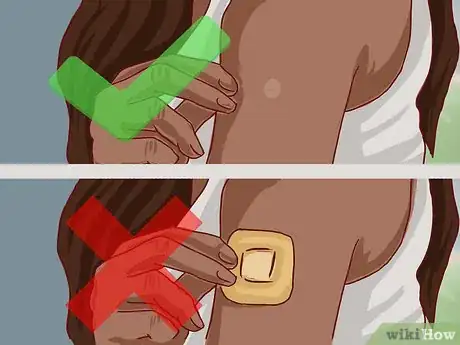

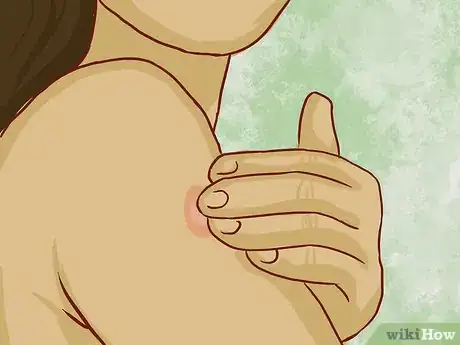
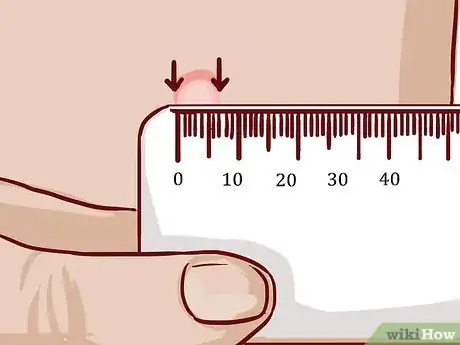
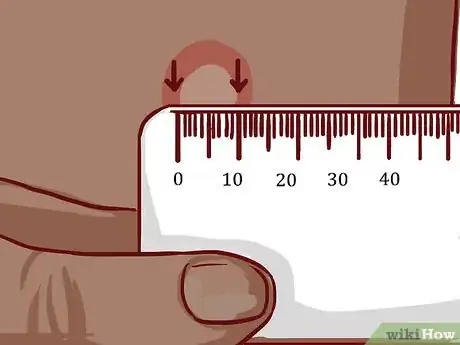
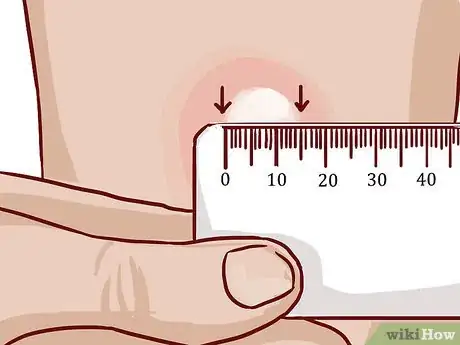
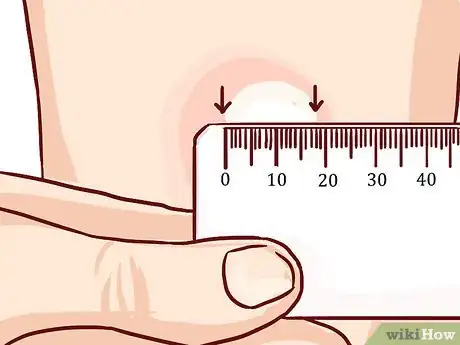
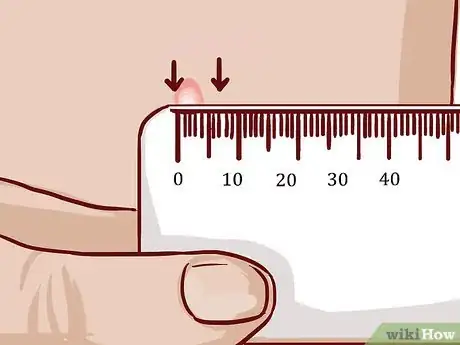
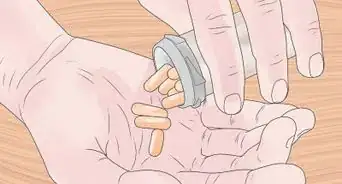
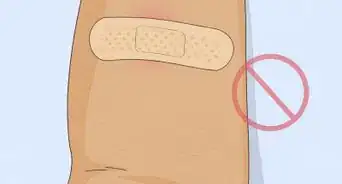
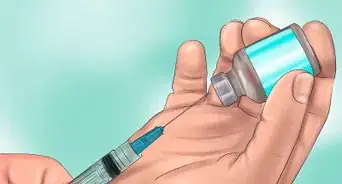
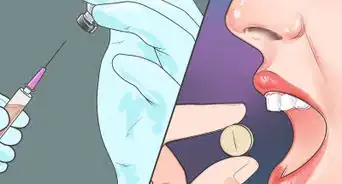

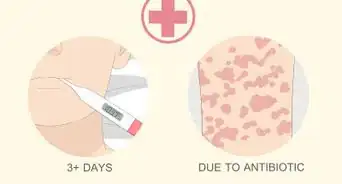







-Step-11.webp)










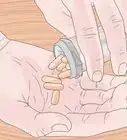
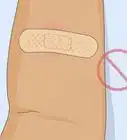
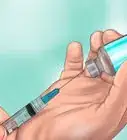
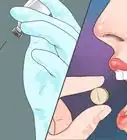



































Medical Disclaimer
The content of this article is not intended to be a substitute for professional medical advice, examination, diagnosis, or treatment. You should always contact your doctor or other qualified healthcare professional before starting, changing, or stopping any kind of health treatment.
Read More...